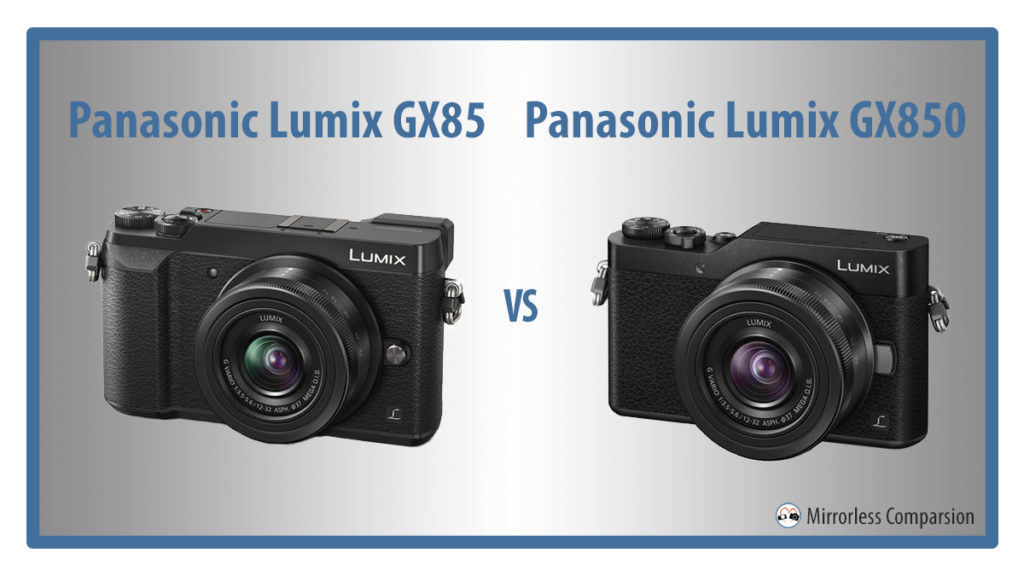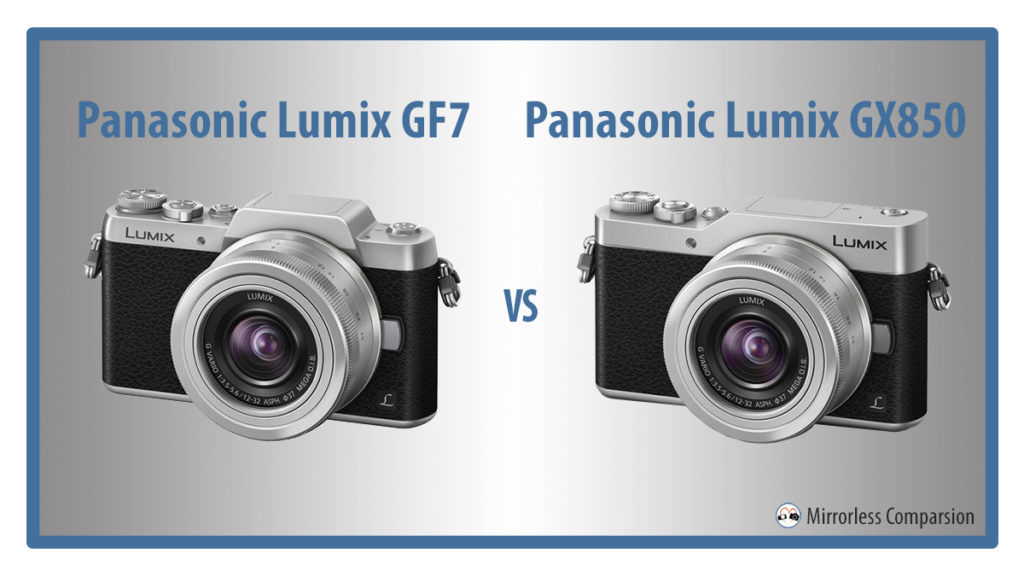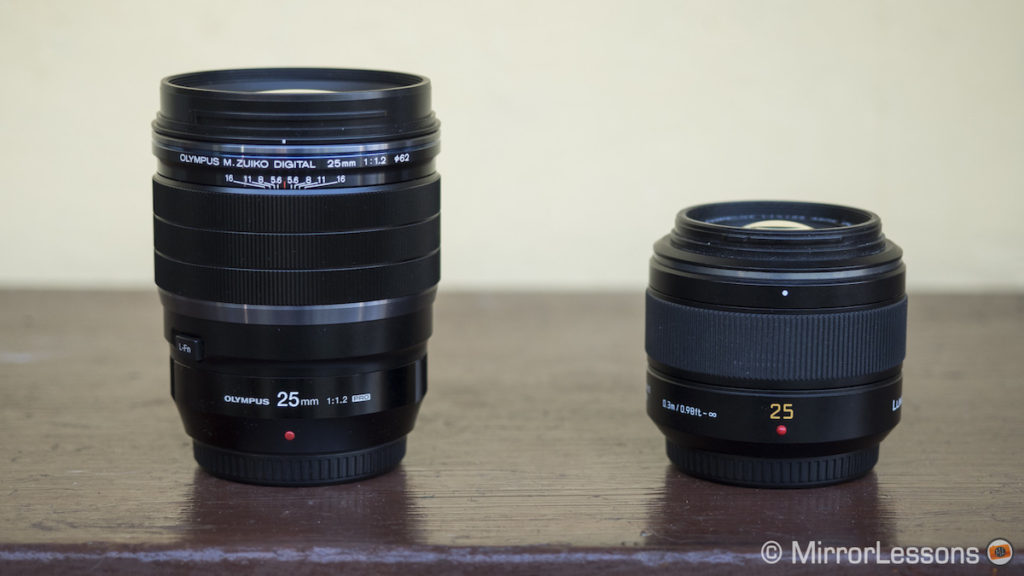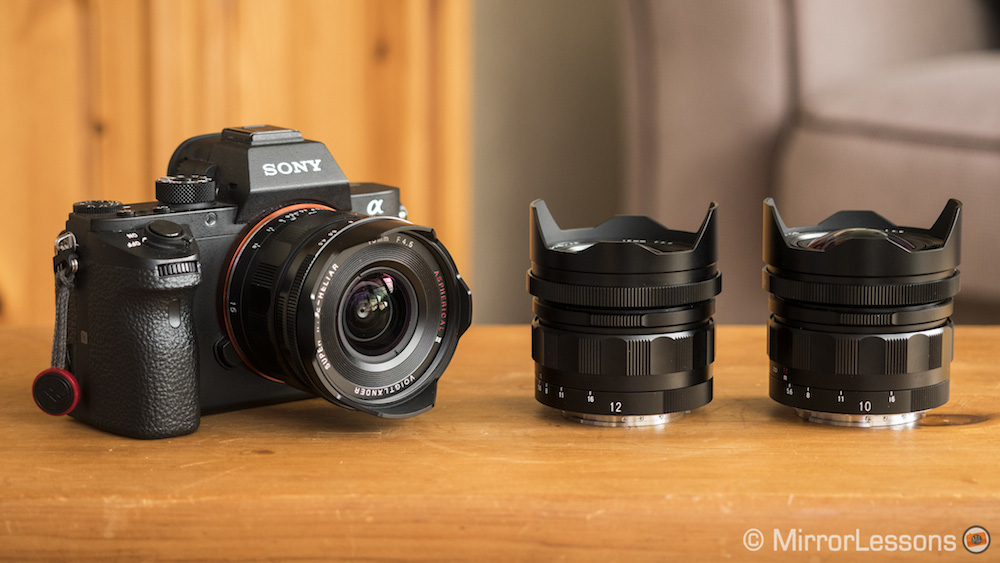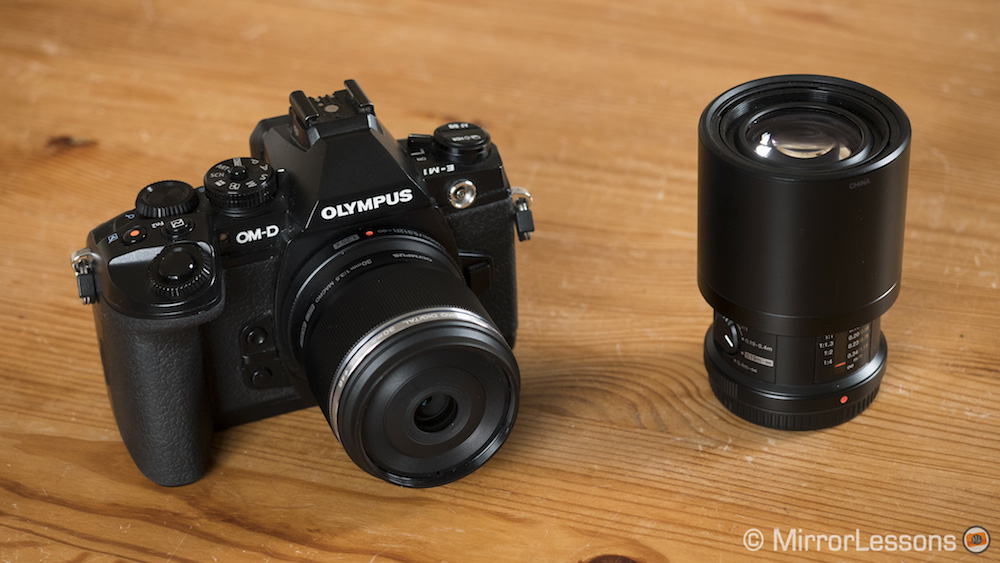Update: our complete GX85 vs GX850 comparison is now online!
In 2016, Panasonic decided to update the naming scheme of its Lumix range to better reflect the target audience and styling of their cameras. For example, all flat-topped cameras are now called “GX” and are followed by a series of digits that distinguish the level of the intended user. One digit is for professional use, two is for experts, three is for amateurs and four is for complete beginners.

